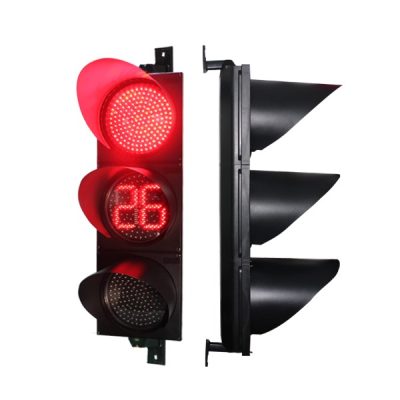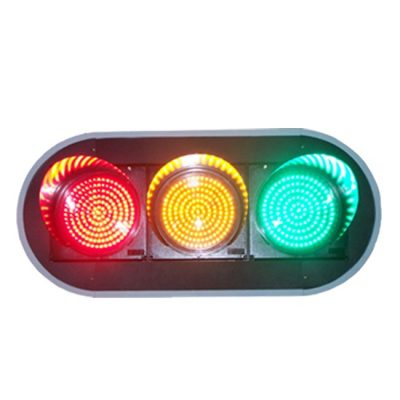Traffic signals have a significant impact on traffic flow, as they play a pivotal role in regulating the movement of vehicles and pedestrians at intersections and along roadways. Properly designed and synchronized traffic signals can enhance traffic flow in several ways, while poorly managed signals can contribute to congestion. Here’s how traffic signals affect traffic flow:
- Traffic Control and Prioritization: Traffic signals control the right-of-way at intersections, allocating specific time intervals for different directions of traffic. This prioritization ensures orderly and safe movement of vehicles, reducing conflicts and potential collisions.
- Conflict Reduction: One of the primary benefits of traffic signals is their ability to reduce conflicts between vehicles and pedestrians. By providing designated time intervals for each movement, signals minimize the risk of T-bone and side-impact collisions.
- Efficient Intersection Operation: Properly timed and coordinated traffic signals optimize the operation of intersections. They ensure that vehicles can make left and right turns, proceed straight, and cross intersections with minimal delays, leading to smoother traffic flow.
- Traffic Signal Coordination: In urban areas, traffic signals are often synchronized along major road corridors to create a “green wave.” This synchronization allows vehicles to travel at a consistent speed without unnecessary stops at each intersection, reducing travel time and fuel consumption.
- Queue Management: Traffic signals help manage vehicle queues, especially during peak hours or at congested intersections. By controlling when each direction of traffic moves, signals prevent gridlock and allow vehicles to enter intersections in a controlled manner.
- Pedestrian Safety: Traffic signals incorporate pedestrian phases and crosswalks, ensuring the safe movement of pedestrians across busy roads. This reduces conflicts between pedestrians and vehicles, improving overall traffic flow.
- Enforcement of Traffic Laws: Traffic signals enforce traffic laws by regulating when drivers must stop or yield. This reduces the likelihood of red-light running and contributes to safer road conditions.
- Emergency Vehicle Preemption: Some traffic signals are equipped with emergency vehicle preemption systems that allow emergency vehicles to override the signal and proceed through intersections quickly. This is crucial for rapid emergency response and has minimal impact on overall traffic flow.
- Data Collection: Modern traffic signals often include sensors and cameras that collect traffic data. This data can be used to monitor traffic patterns, adjust signal timings in real time, and make informed decisions for future road improvements.
- Environmental Impact: Properly timed and synchronized traffic signals can reduce vehicle idling time, leading to reduced fuel consumption and lower emissions. This contributes to improved air quality and reduced environmental impact.
While well-designed and managed traffic signals have a positive impact on traffic flow, it’s essential for traffic engineers to regularly monitor and adjust signal timings based on changing traffic patterns and conditions. Poorly timed signals, outdated equipment, or inadequate coordination can lead to congestion, longer travel times, and increased frustration among road users. Therefore, the optimization and maintenance of traffic signals are essential for efficient traffic flow and improved overall transportation system performance.
























